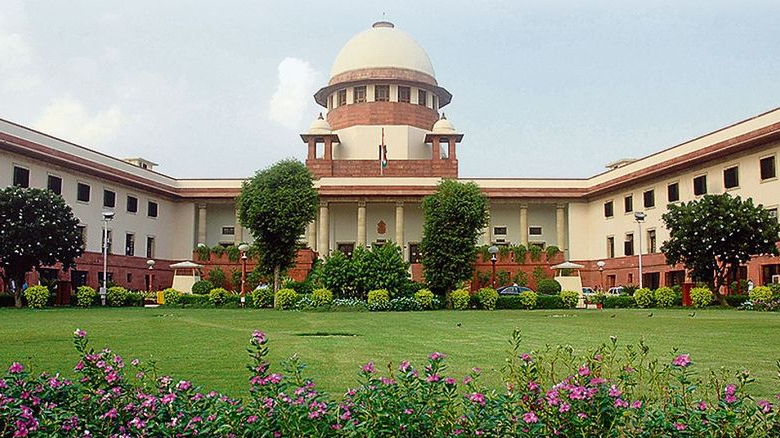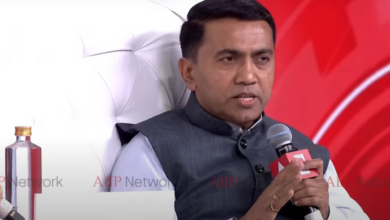“Government Can’t Take Over…”: Big Supreme Court Order On Private Property

News Mania Desk / Piyal Chatterjee / 5th November 2024
In a major decision today, the Supreme Court ruled that not all privately owned lands are community resources that the State can appropriate for the benefit of all. With an 8-1 majority, the nine-judge Constitution bench, presided over by Chief Justice of India DY Chandrachud, rendered its decision on the complex matter.
Justice BV Nagarathna wrote a concurrent but distinct judgment, Justice Sudhanshu Dhulia dissented, and the Chief Justice wrote a ruling for himself and six colleagues. Chief Justice DY Chandrachud, Justices Hrishikesh Roy, Nagarathna BV, Sudhanshu Dhulia, JB Pardiwala, Manoj Misra, Rajesh Bindal, SC Sharma, and AG Masih were among the judges appointed to the bench.
The lawsuit concerns Article 31C of the Constitution, which safeguards laws enacted by the State to carry out directive principles of state policy—rules that the Constitution establishes for governments to abide by when enacting laws etc. Article 39B is one of the statutes protected by Article 31C. According to Article 39B, the State must focus its policies on making sure that the community’s material resources are owned and controlled in a way that best serves the general welfare.
On this, the Chief Justice remarked, “Does material resource of a community used in 39B include privately owned resources? Theoretically, the answer is yes, the phrase may include privately owned resources. However, this court is unable to subscribe itself to the minority view of Justice Iyer in Ranganath Reddy. We hold that not every resource owned by an individual can be considered a material resource of a community only because it meets the qualifier of material needs.”
“The enquiry about the resource in question falls under 39B must be contest-specific and subject to a non-exhaustive list of factors such as nature of resource, the characteristics, the impact of the resource on well-being of the community, the scarcity of resource and consequences of such a resource being concentrated in the hands of private players, the public trust doctrine evolved by this court may also help identify resources which fall under the ambit of material resource of a community,” he added.
With a 4:3 majority, a seven-judge panel had decided in 1977 that not all privately owned property was included in the community’s material resources. But according to Justice Krishna Iyer’s minority view, both public and private resources were considered “material resources of the community” for the purposes of Article 39(b).
Justice Nagarathna disagreed with the Chief Justice’s observations regarding Justice Iyer’s decision in her own ruling.
“Justice Krishna Iyer adjudicated on the material resources of a community in the backdrop of a constitutional and economic structure which gave primacy to the State in a broad sweeping manner. As a matter of fact, the 42nd amendment had included socialist in the Constitution. Can we castigate former judges and allege them with disservice only because of reaching a different interpretative outcome?”
“It is a matter of concern as to judicial brethren of posterity view the judges of the brethren of past… possibly by losing sight of time when the latter discharged duty and socio-economic policies pursued by the state… merely after liberalisation, paradigm shift after 1991 reforms, it cannot lead to branding the judges of this court of yesteryears as to doing disservice to the Constitution… at the outset I may say that such observations emanating from this court and calling that they were not true to their oath of office… but just by having a paradigm shift in economic policies… judges of posterity should not follow the practice. I do not concur with the opinion of the Chief Justice in this regard,” she said.






